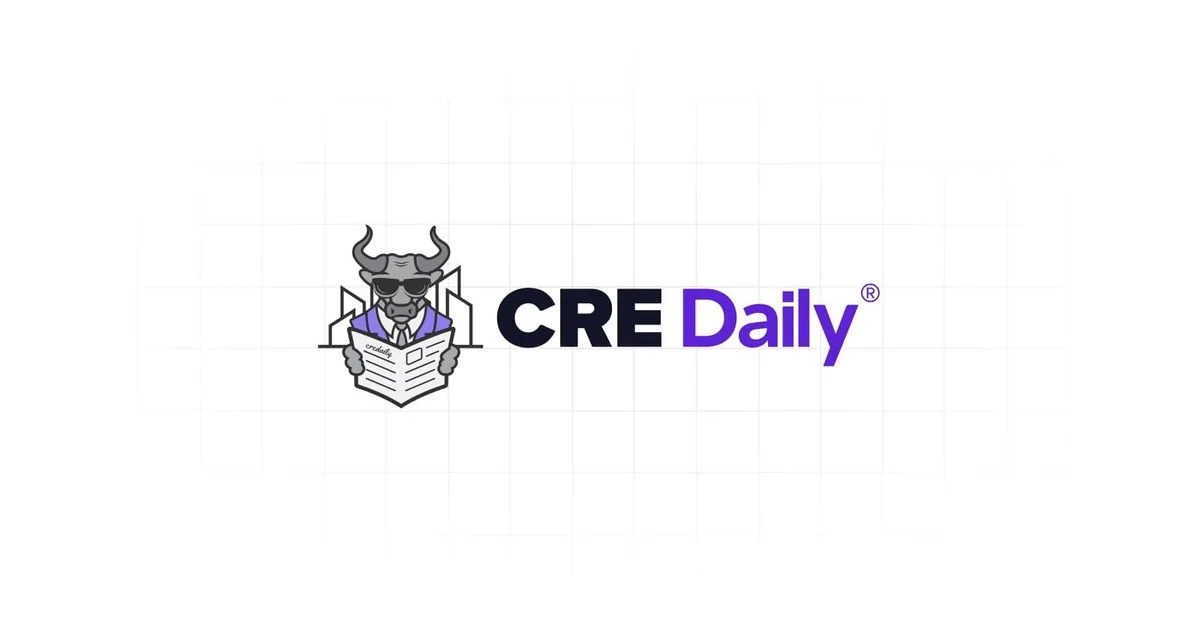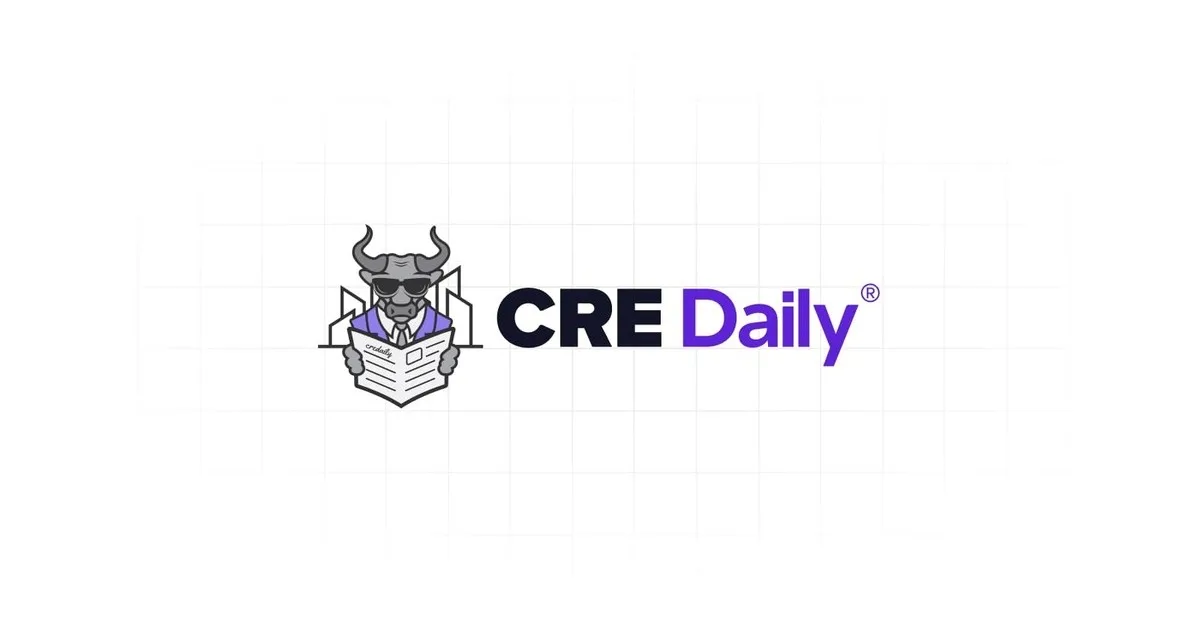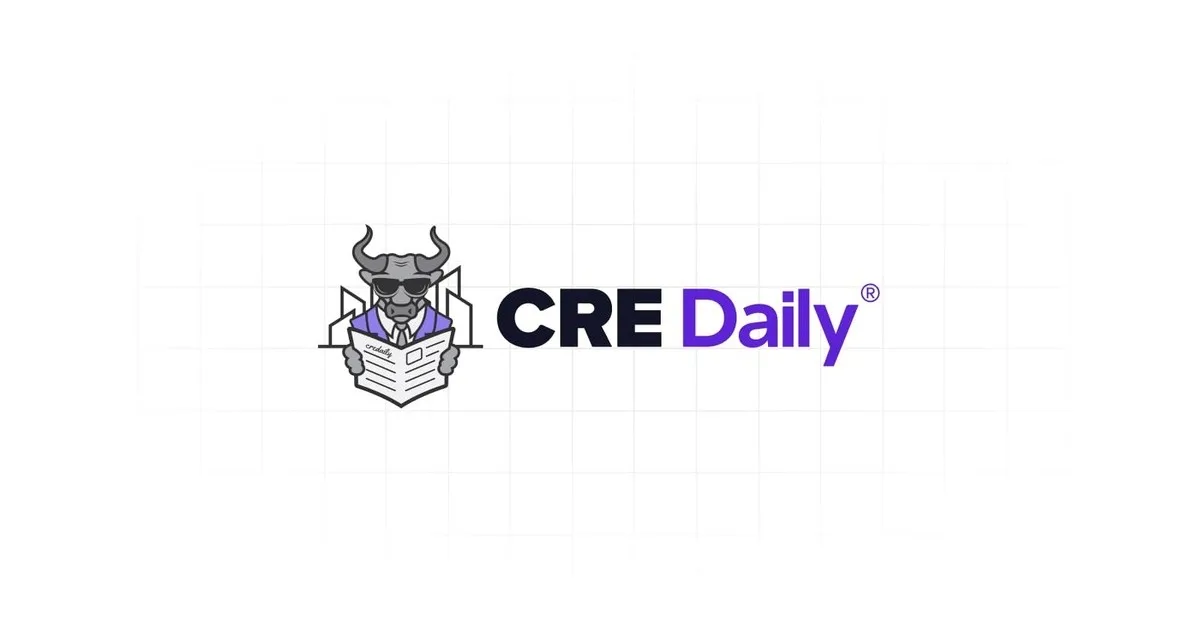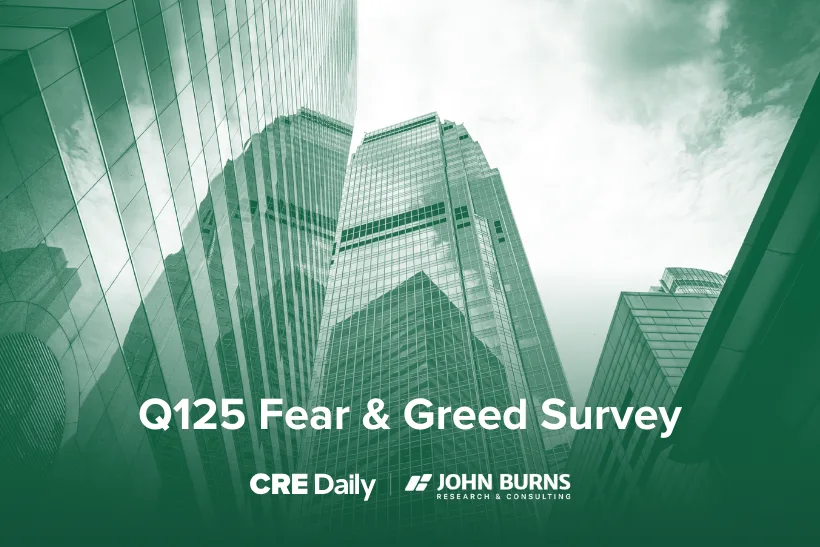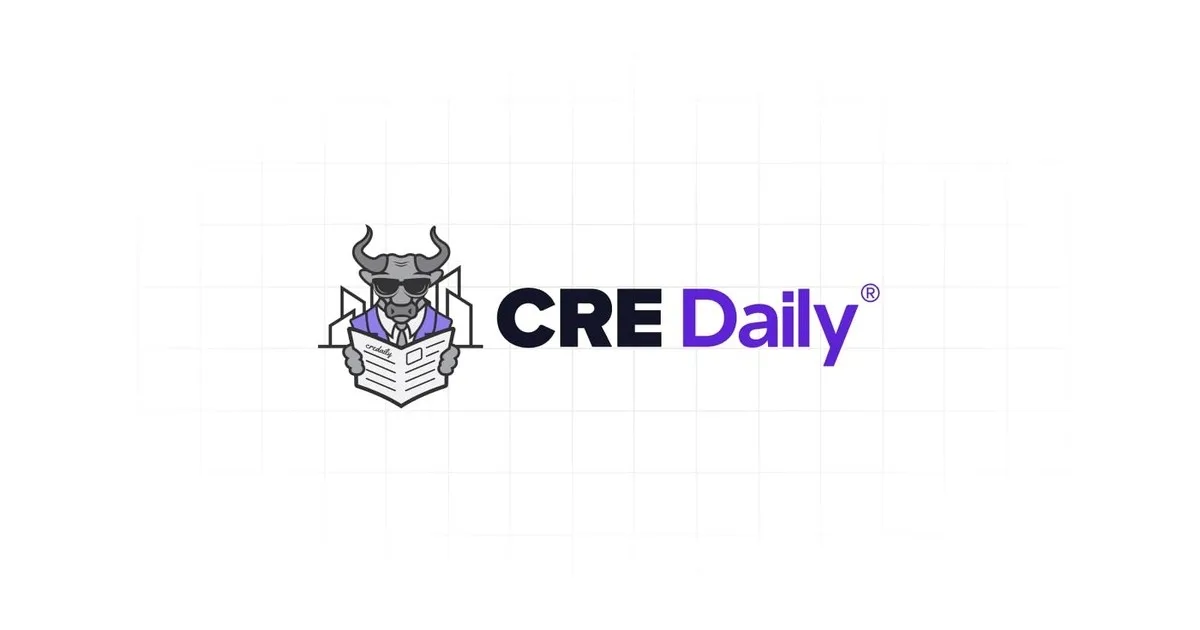- The Lending Momentum Index rose for the first time in over a year, with industrial and multifamily sectors driving originations.
- Data center construction loans surged due to growing demand for AI infrastructure, boosting the commercial lending market.
- Alternative lenders, like debt funds and mortgage REITs, contributed the most to non-agency loan closings, while banks remained cautious.
CBRE’s Lending Momentum Index, which tracks the pace of U.S. commercial loan closings, ticked up in Q2 for the first time in over a year, as reported in Globest.
Moving Market
The boost in lending was driven by acquisition financing in the industrial and multifamily sectors, declining credit spreads, and growing demand for data center construction loans, according to CBRE’s quarterly U.S. Capital Markets and Lending report.
James Millon, U.S. President of Debt & Structured Finance for CBRE, noted that origination volumes are picking up across all capital sources, with the exception of commercial banks. “Bottoming of real estate values and the prospects of rate cuts should drive even greater origination activity for the remainder of the year and in 2025,” he explained.
Sector Performance
Industrial assets held the largest share of loans tracked by CBRE, with multifamily properties and data center development (spurred by the rise of AI) also leading the charge.
Smaller sectors like self-storage, student housing, and senior housing contributed to the improved lending conditions as well.
However, the office sector remains an outlier, with limited liquidity, except through CMBS and SASB bonds.
Alternative Lenders
Alternative lenders, such as debt funds and mortgage REITs, were the top contributors to non-agency loan closings, making up one-third of the Q2 total.
Meanwhile, banks trimmed their lending activity, remaining cautious due to ongoing loan extensions, liquidity constraints, and potential regulatory pressures. Life insurance companies maintained a selective approach, with their activity largely unchanged from the previous year.
Looking Ahead
Millon anticipates continued strength in origination activity, fueled by large institutional financings and increased GSE participation.
Declining treasury rates and anticipated interest rate cuts are expected to further lower borrowing costs, improve credit availability, and drive higher asset valuations. This momentum is likely to extend into 2025 as the commercial real estate lending market continues to stabilize and grow.

